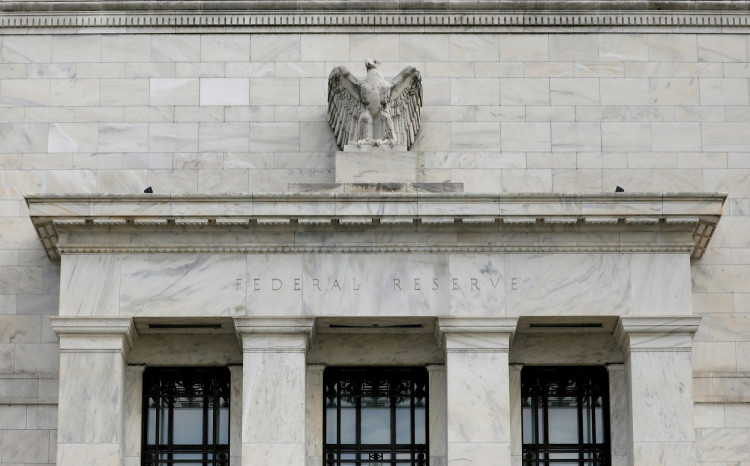The Federal Reserve is expected to hold its key interest rate steady this week, following three consecutive reductions totaling one percentage point. However, the path forward for interest rate policy remains uncertain, as policymakers grapple with the potential economic impacts of President Donald Trump's trade, tax, and immigration plans.
At its two-day meeting concluding Wednesday, the Fed is unlikely to announce further rate cuts, signaling a pause in its recent easing cycle. The central bank raised its rate to a 23-year high of 5.25% to 5.5% last year to combat pandemic-related inflation. Since then, inflation has cooled significantly, dropping from 9.1% in mid-2022 to 2.9% in December, though it remains above the Fed's 2% target.
"There's a lot of uncertainty," said Jonathan Millar, senior U.S. economist at Barclays and a former Fed economist. "Lots of crosscurrents." These include Trump's proposed tariffs, tax cuts, and mass deportations, all of which could have far-reaching consequences for inflation and economic growth.
President Trump's policies have introduced new complexities for the Fed. His plan to impose tariffs on key imports could drive up consumer prices, while deporting millions of immigrants may shrink the labor supply, forcing employers to raise wages. "Tariffs likely would be passed along to consumers through higher prices," economists have warned.
The Fed's approach to these uncertainties is further complicated by Trump's public comments on monetary policy. Last week, he reiterated his demand for lower interest rates, stating, "I know interest rates much better than they do." This rhetoric raises questions about the Fed's independence, though many experts, including Vincent Reinhart, chief economist at BNY Investments, believe Chair Jerome Powell will not let political pressure influence his decisions. "If you like your independence, then you've got to live with criticism," Reinhart said.
Despite the president's demands, Fed officials remain cautious about reducing borrowing costs further. While inflation appears to be moderating, some policymakers argue that the central bank must keep rates elevated to ensure inflation does not resurge. Others contend that the Fed should move more aggressively to cut rates if the economy begins to show signs of slowing.
The labor market, a key indicator for the Fed, remains robust. Employers added 256,000 jobs in December, pushing the unemployment rate down to 4.1%. This economic strength has led some economists to predict a slower pace of rate cuts in 2025. Goldman Sachs, for instance, expects only two rate reductions this year, citing the resilience of the job market and steady consumer spending.
However, other analysts are less optimistic. Ryan Sweet, chief U.S. economist at Oxford Economics, warns that tariffs and higher prices could dampen consumer spending and business investment. "The Fed has pledged not to fall behind the curve on the labor market," Sweet said, noting that a slowdown in hiring could prompt the central bank to act more decisively.
In addition to Trump's trade and immigration policies, the prospect of expanded tax cuts adds another layer of uncertainty. Deutsche Bank has argued that these measures could stimulate economic growth and increase inflationary pressures, potentially forcing the Fed to hold rates steady or even consider raising them.
The division among Fed policymakers reflects the broader complexity of the economic landscape. While some, like Fed Governor Christopher Waller, believe inflation is nearing the Fed's target and support a gradual pace of cuts, others, such as Cleveland Fed President Beth Hammack, argue for maintaining higher rates to guard against persistent inflation.
A key concern for the Fed is the risk of stagflation-a combination of high inflation and weak economic growth. Such a scenario could leave the central bank in a difficult position, unsure whether to cut rates to support the economy or raise them to curb inflation. "That is the Fed's worst nightmare," said Millar of Barclays.






